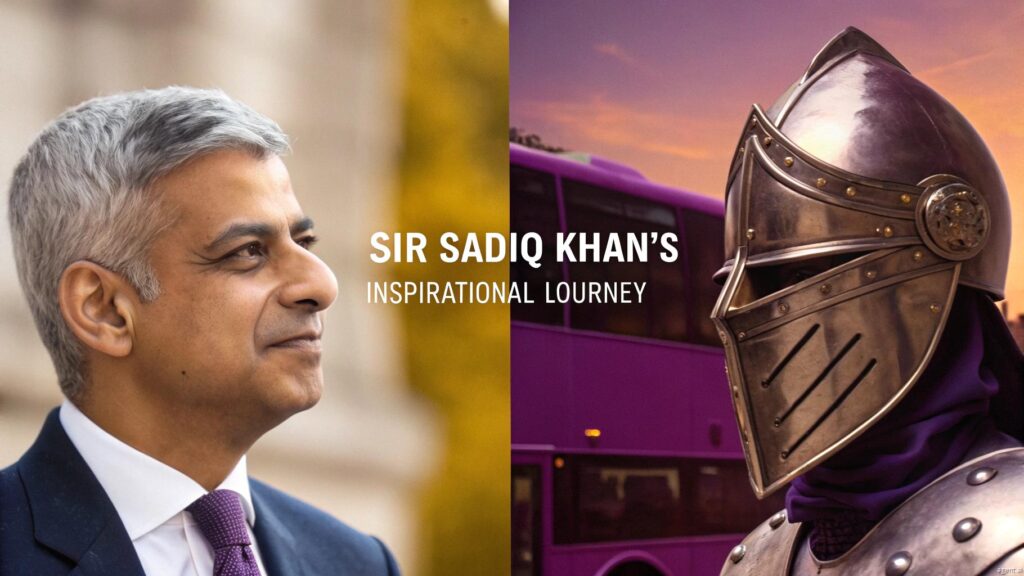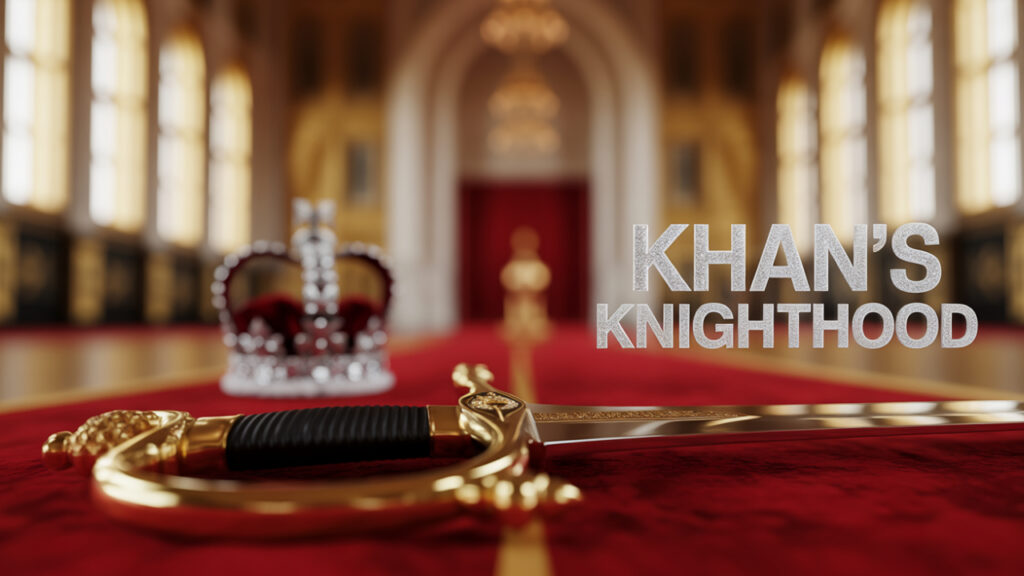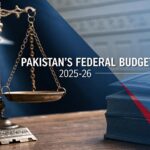By MRA Digital | June 12, 2025

Some stories don’t begin with fireworks. They begin in silence. In a small kitchen, where a mother folds clothes and a father returns from a long night shift, dreaming that their child will see a brighter morning.
That’s where the story of Sir Sadiq Khan began.
Born in South London in 1970 to Pakistani immigrant parents, Sadiq Khan didn’t grow up with wealth or political connections. He grew up in Earls-field, a neighborhood of small homes, narrow streets, and big hopes. His father was a bus driver for over 25 years. His mother was a seamstress who worked from home. Their three-bedroom council flat housed eight people; seven sons and two parents, sharing space, time, and dreams.
And then one day, on June 10, 2025, that dream walked through the grand gates of Buckingham Palace, dressed not in royalty but in dignity. That dream shook hands with King Charles III and received a Knighthood. A title once reserved for warriors and nobles now rested on the shoulders of a Muslim mayor, the son of a working-class immigrant.

What is Knighthood?
Knighthood isn’t just a word. It’s a historical honor. A royal badge of excellence that dates back over a thousand years. In the medieval era, knights were brave horse-riding soldiers who protected their kingdoms and were rewarded by kings with land and power. The ceremony often involved a sword being gently tapped on each shoulder, a sign that the kingdom now saw you as a protector of the people.
In 1917, King George V transformed that ancient system into the modern UK Honors System. It opened the door to people from all fields including science, art, education, medicine, and social justice.
Knighthood today is about service to society. It’s about giving back. It’s about standing for values, not just status.
And this time, the honor was given to someone who knew what it meant to struggle, rise, and serve. Not from a castle, but from the streets of Tooting.
Childhood in a Council Flat
Sadiq Khan was the fifth of seven sons. His father, Amanullah Khan, came to Britain from Pakistan in 1968 hoping to build a better life. His mother, Sehrun Khan, joined soon after. They didn’t have degrees or luxury, only courage.
In interviews, Sadiq often remembers how the family shared one bathroom, how he slept in a bunk bed, and how his parents taught him the value of hard work, fairness, and education.
“My dad worked all hours, driving the No. 44 bus, so we could have a better chance in life,” he once said.
Even as a boy, Sadiq saw the barriers his community faced, racism, poverty, exclusion. But he also saw the power of education to break through those walls.

From Dentist Dreams to Courtroom Passion
Originally, Sadiq Khan dreamed of becoming a dentist. He loved science and earned top grades. But a sharp-eyed teacher saw something different.
“You love to argue,” the teacher said. “You should become a lawyer.”
That advice changed everything.
He studied law at the University of North London, now London Metropolitan University, and completed his solicitor training in 1994. He soon joined a human rights law firm, where he rose to become a partner and co-named it “Christian Khan.”
As a lawyer, Sadiq fought for the underdog. He stood with victims of police brutality, racial discrimination, and unjust detentions. He even fought landmark cases at the European Court of Human Rights. One of his most talked-about victories was overturning the UK’s ban on Louis Farrakhan, a bold and risky move.
A Life in Public Service
In 2005, Sadiq entered Parliament as the Labour MP for Tooting, the very neighborhood where he grew up.
Over the next decade, he rose quickly.
• He was appointed Minister of State for Transport in 2009
• He served as Shadow Justice Secretary under Ed Miliband
• He spoke out against unfair counter-terrorism laws after 9/11
• He became one of the most visible British Muslim leaders in history
Through it all, he remained grounded. He avoided flashy language and spoke simply and powerfully. He often drew from his own life when speaking in Parliament.
Mayor of London, A Title Earned with Heart
In 2016, Sadiq Khan made global headlines by becoming the first Muslim Mayor of London. He defeated a high-profile Conservative opponent in one of the most-watched elections in the country’s history.
He won not just with votes, but with vision.
As mayor, he introduced:
• Hopper fare, making travel cheaper for millions
• The Ultra Low Emission Zone (ULEZ) to fight air pollution
• The Night Tube, allowing trains to run all night
• New programs to support diversity, women’s safety, and community inclusion
He was re-elected in 2021 and again in 2024, building trust across different parts of the city.
A Moment at Buckingham Palace
And then came June 10, 2025. The day a boy from a council flat became Sir Sadiq Khan.
“This is for my parents,” he said, holding back tears. “They came here with nothing. They worked, they served, they believed. This title is theirs.”
The photo of Sadiq standing beside the King, holding his medal, went viral. But what touched hearts was not just the image. It was the journey behind it.
A Light for the Next Generation
What does this knighthood mean?
For many in Britain’s South Asian and Muslim communities, it means hope. For every child growing up in a small flat, feeling invisible, it means recognition. For every parent working two jobs so their children can dream, it means victory.
Sadiq Khan’s story isn’t perfect. It’s real. It has struggle, success, rejection, and acceptance. And in all of that, it reminds us of something powerful.
You don’t need to be born into power to change the world.
You just need to believe that you belong in it.
Final Reflection
In a world filled with division and doubt, Sir Sadiq Khan stands as a living reminder that Britain’s heart can still beat for every background, every story, and every dream.
He didn’t ride a horse into battle.
He rode the No. 44 bus, and rewrote what it means to be a knight.










